I love metaphors. One of my faves: “come back when you’ve got bullets in your gun.” It’s used when arguing with someone who’s a little light on the facts. Like most metaphors, this one resonates with an essential truth. In pyria veritas, as it were. Come to think of it, a gun without bullets is a really expensive paperweight, or the proverbial “blunt instrument.” But just because you’ve loaded your handgun with ammunition doesn’t mean you have the right ammo for the job. Start with this: in handgun-speak, each bullet is called a cartridge or a “round.” It’s Pretty Polly Bites Crackers: Powder, Primer, Bullet, Casing. Ammunition comes in many calibers. Roughly speaking, the terms refers to the bullet’s diameter, measured in thousandths of an inch or millimeters. The larger the number, the bigger the bullet. A .22 is small bullet. A 50 BMG is not. The smaller ones fit in handguns. The really big ones, not to much. No matter what the caliber, modern handgun ammunition comes three basic flavors: unjacketed, jacketed, and hollow-point. Each exists for a specific purpose.
Unjacketed ammo, also known as “wadcutters” feature plain lead bullets, shaped like a cylinder (full wadcutter) or truncated cone or an upside-down pie tin (“semi-wadcutter”). They are used exclusively for target shooting. Wad-cutters excel at punching perfectly round holes in paper targets.
Wadcutters (and semi-wadcutters) are somewhat hard to find as manufactured cartridges in most sporting goods emporiums. You’ll find a few calibers from mail-order vendors. For the most part, wadcutters and semi-wadcutters are sold as bullets for those that reload (or those that purchase reloaded ammo from those that do the reloading themselves). The absence of a copper jacket leaves the barrel of your gun somewhat prone to “fouling”—meaning it’s essential to clean your weapon after every session at the range.
Jacketed ammunition, also known as “roundball” or “FMJ” (for Full Metal Jacket) rounds are used primarily for target practice. They have a lead core, with a thin, copper jacket or skin that covers the outside surface of the bullet. Why use roundballs for practice? Well, availability, mostly. Roundball ammo is widely available, and the price is more-or-less competitive with factory-made wadcutters.
A lot of people seem to think that jacketed ammo is ‘cleaner’ than the plain lead wadcuters. Not so. The lead emissions found in the air of many gun ranges has virtually nothing to do with the lead from bullets and everything to do with lead from the impurities in a cartridge’s gunpowder.
(Speaking of which, if you’re gonna spend a lot of time at a range, you might want to check out their air purification and/or recirculation system—if any. If they don’t have one, it might be time to invest in a personal air filtration system [a.k.a., an air mask].)
Technically, roundball ammo is “cleaner” than wadcutters only in respect to fouling the barrel. But if you care about keeping your gun in primo condition, you’ll be cleaning it after every use, no matter what kind of ammo you run through it.
Hollow-point ammo is strictly for punching holes in living, breathing beings. Jacketed hollow-point ammo is usually shaped like a truncated cone, with cuts in the jacket spaced out equidistantly around the perimeter, encircling a hollowed-out tip. The cuts and hollow point work in concert to force the bullet to expand in a jagged, star-shaped pattern upon impact.
This design provides the double-whammy of a bullet that does significantly more damage to the target than a roundball bullet. The dispersion of energy keeps the bullet from traveling through the target and emerging with enough energy to do more damage to whatever’s behind what you hit.
Hollow-point ammo is more expensive than roundball. A lot more expensive. Wallmart sells a box of 100 roundball cartridges for around $35. A box of 20 hollow-points go for about the same amount, making roundball go for around 35 cents to $1.75 per round for hollow-points.
Unless you like burning through the Benjamins for no good reason, reasonable people use roundballs or wadcutters for target practice and save the hollow-points for concealed carry.
It’s also worth noting that .22 caliber bullets are “rimfire.” Thanks to their smaller size, manufacturers place the primer (which ignites the powder) around the rim of the bottom of the bullet. With some not-so-notable exceptions, all other bullets are “centerfire”. Ammo makers put the primer in a cap in the center of the bullet.
And here’s why you care: .22 cartridges are a LOT cheaper than anything else. If you’re really looking to keep the price of your shooting down, a .22 is the way to go. At the moment, you can buy 100 rounds of reasonable quality .22 ammo for around $7. AND you can buy conversion kits for your .45 that will let you shoot .22 caliber ammo. They aren’t cheap, but they’re easy to use and pay for themselves in short order.
That said, beginners are best advised to stick with stock. Bigger bullets create more recoil; if you have a .45 you need to learn to fire that caliber accurately. Still with me? It gets more complicated from there.
For example, the venerable 1911 was designed for the .45 ACP (“Automatic Colt Pistol”) ammunition. More accurately, the .45 ACP cartridge was designed by John Browning for his semi-automatic pistol designs which resulted in the 1991 handgun. Unsatisfied with the performance of a standard load, ammo manufacturers developed so-called +P loads.
P stands for pressure; the more pressure behind a bullet, the faster it leaves the muzzle. The faster the bullet, the more precise its flight path, and the greater its energy or “stopping power.” At least initially. Here’s the thing: your particular 1911 may or may not be able to handle the additional pressure of the +P gunpowder. It’s something you really, really need to know.
Then there’s the similar but completely different .45 GAP (Glock Automatic Pistol) cartridge. It’s designed expressly for Glocks to keep the size of the grip down, while allowing for a magazine that would hold more than the standard seven or eight rounds. There are +P loads for the GAP cartridge as well. Try to use a GAP cartridge in a gun that requires a .45 ACP and it will fit (sort of)—and jam the gun if you try and use it.
In case that isn’t dangerous enough, there are what I call IACO: inadvisable ammo cross-overs. As I mentioned before, you can covert a .45 to .22. I didn’t mention that a .357 caliber handgun will accept (and fire) .38 caliber bullets. BUT a .38 won’t fire a .357 cartridge. It won’t fit, and even if it did the smaller gun couldn’t handle the bigger bullet’s increased pressure. Trust me; that’s even worse than it sounds.
I repeat: beginners should keep it simple.
A lifetime ago, a flak from IBM told me, “the wonderful thing about standards is there’s so many of them to choose from.” Never is this more true than in The Wonderful World of Ammunition. It’s embarrassingly easy to put the wrong ammo in a gun, with potentially disastrous results. Without scaring the be-Jesus out of you, keep in mind that a gun is a machine for creating a controlled explosion behind a piece of metal.
To avoid complication and potential “issues,” always—ALWAYS—follow the manufacturer’s recommendations for your handgun. Period. That’s it. That’s the rule. Do not listen to anyone else, ever. Aw, they do just say that ’cause their lawyers tell them to are not words to live by.
You’ll want to keep a box or two of jacketed hollow-points in a couple of magazines for your self-defense needs, followed by several boxes worth of practice ammo. I’d recommend trying several brands to see which one(s) run best in your gun. You’ll likely find that some work better than others, and frankly, some may tend to jam your gun more often than you’d like. [Ed: that would be once.]
You may find that some cheap ammo works just fine for practice, and some cheap ammo is just not worth it at any price. As far as the hollow-points are concerned, any good hollow-point that runs in your gun will be just fine.
Ammo manufacturers tend to make claims to their product’s superiority re: “take-down capabilities” and the like. Listen to these claims with a grain of salt. The best ammo is the one that works in your gun. Think of it this way: in a life-or-death situation, you won’t be able to “come back when you’ve got bullets in your gun.”

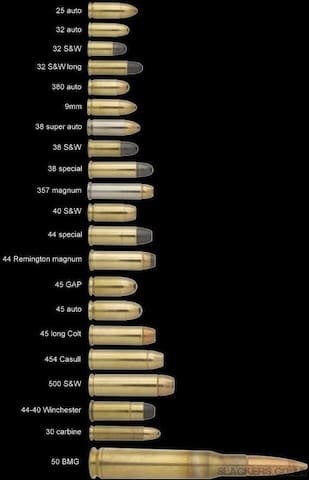
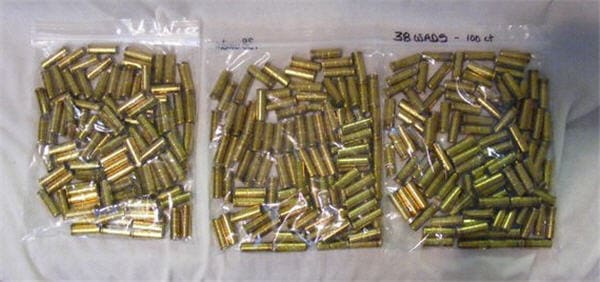

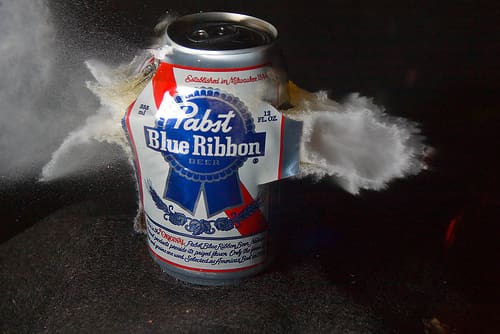
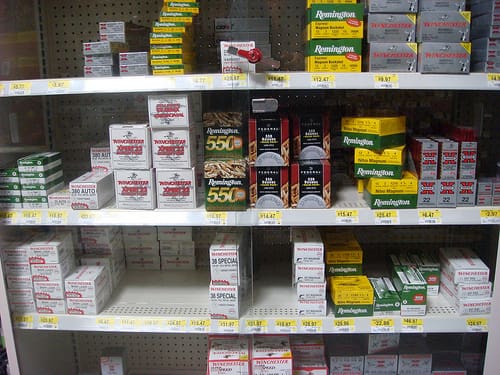
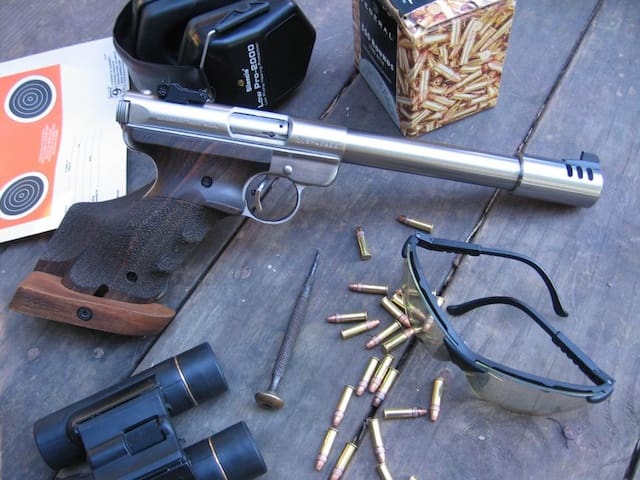
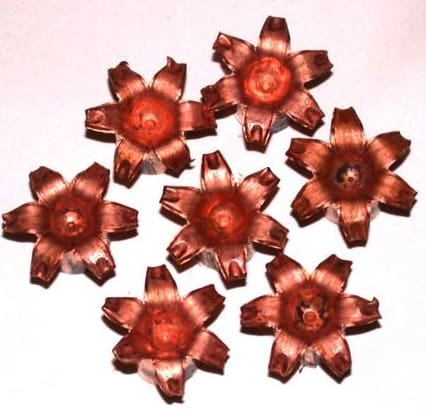
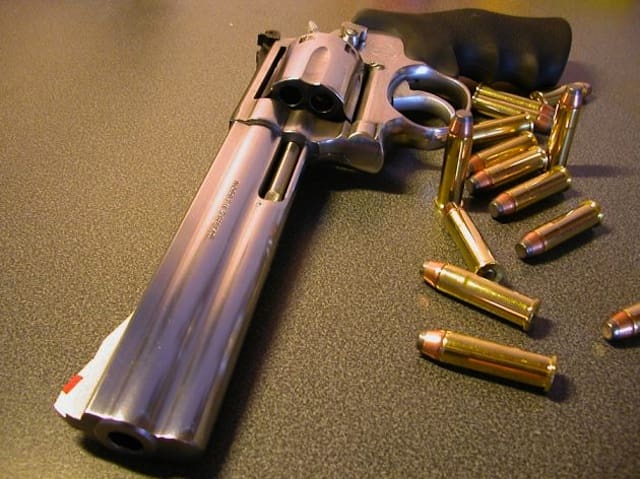





Here’s part VI:
http://www.thetruthaboutguns.com/2010/03/brad-kozak/choosing-a-handgun-part-vi-stopping-power/
jaigurudev
dear sir
please receive my massage regarding invited al of you in our festival
For my ccw .38 snubby,I carry Federal Hydro-Shoks 110 grain regular pressure loads.They have a good street reputation,along with good penetration and good expansion I don’t feel undergunned at all.As for my other firearms they are loaded with Hydro-Shoks also.Be prepared and ready.Keep your powder dry.
w2hat do you know of the wadcutter
Wadcutters are relatively inexpensive solid lead non-jacketed rounds used for practice. Not recommended for combat, self-defense or indoor ranges. Wash hands immediately after handling these or any lead. Lead is a poisonous metal especially to the very young who put their hands in their mouths often.